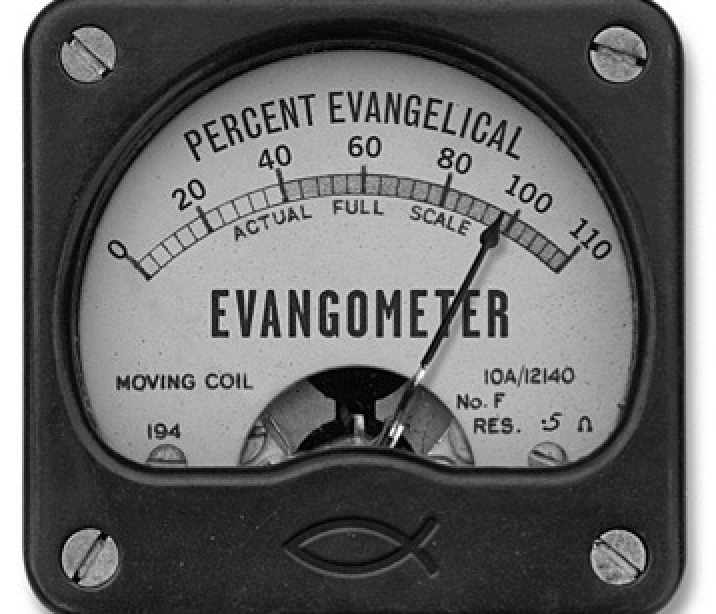Recently I was talking with a friend who is homeschooling her daughter in the eastern part of Washington state, which is far more conservative than the Seattle area, where I live. She was agonizing over whether to return her child to public school.
She’s not afraid of Covid; Washington state was one of the most careful states on that score, and masks were mandated longer here than most other places. What she really feared was the state’s liberal sex ed law, passed when Covid was beginning to ravage the local population. Washington state was the first place in the nation to have Covid, but what was our governor, Jay Inslee, doing at the time? Pushing through a graphic sex ed curriculum. The floor debate on it went on until 2 a.m., as I described here.
A recall election to zero out the curriculum failed.
Which is all to say that when the New York Times ran a piece headlined, “New Laws Moves Blue and Red States Further Apart,” it didn’t mention some of the more obvious reasons why people are walking away. Guess what? Many of these reasons are linked to issues are linked to morality, culture and religion.
SACRAMENTO — After the governor of Texas ordered state agencies to investigate parents for child abuse if they provide certain medical treatments to their transgender children, California lawmakers proposed a law making the state a refuge for transgender youths and their families.
When Idaho proposed a ban on abortions that empowers relatives to sue anyone who helps terminate a pregnancy after six weeks, nearby Oregon approved $15 million to help cover the abortion expenses of patients from out-of-state.
The Idaho ban is slated to begin April 22, unless some federal judge knocks it down. Abortion clinics in Oregon, particularly Bend, are expecting a deluge, as the central Oregon clinic is the nearest one to Boise that has easy abortion access. (Other nearer cities, like Walla Walla, Wash., have a Planned Parenthood clinic, but that clinic doesn’t do abortions after 10 weeks. And clinics in Salt Lake City require a 72-hour waiting period.)










